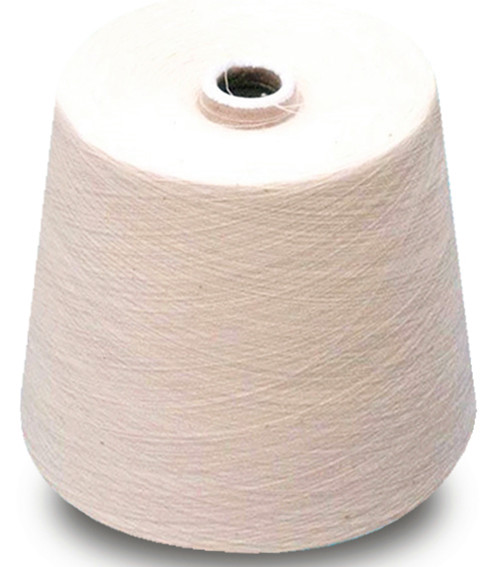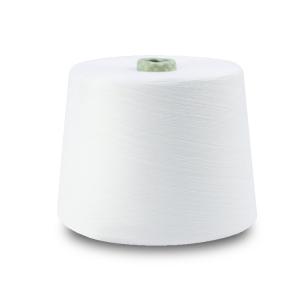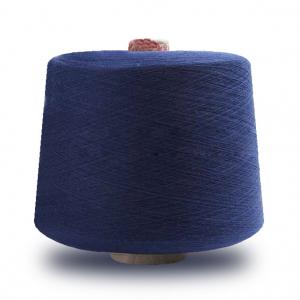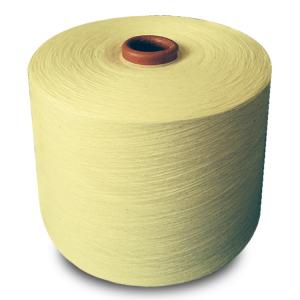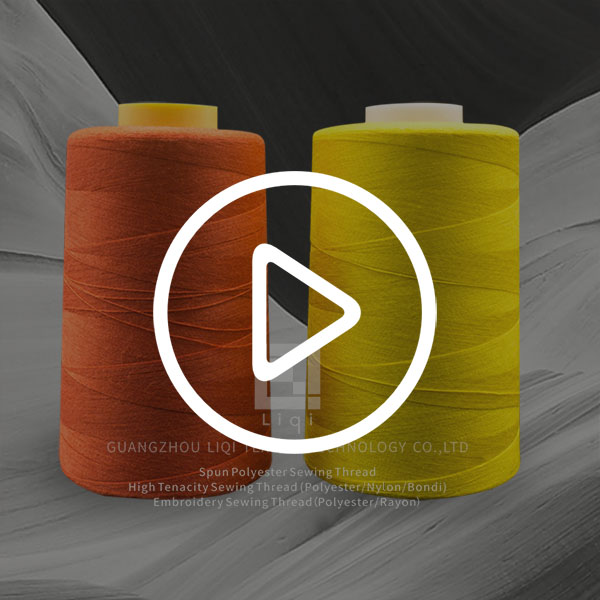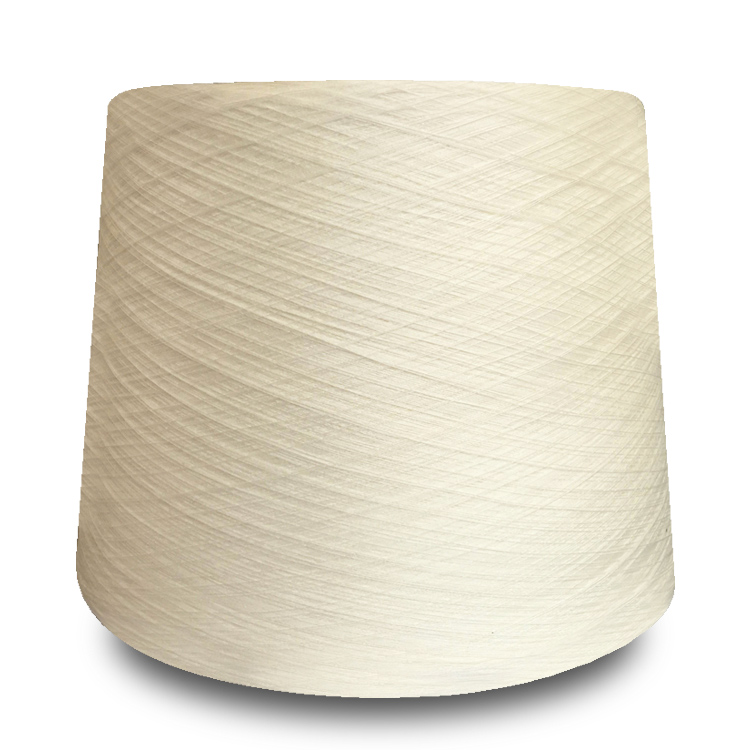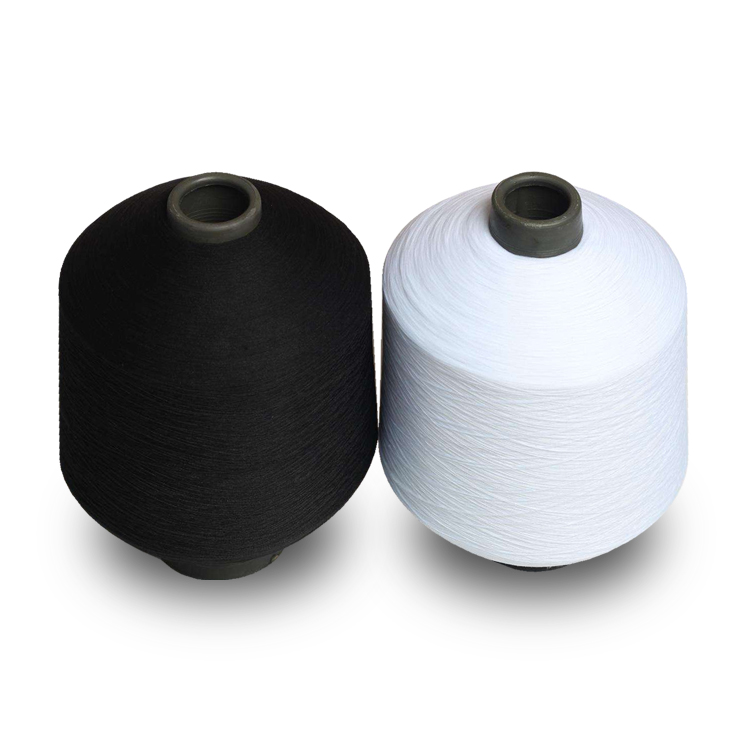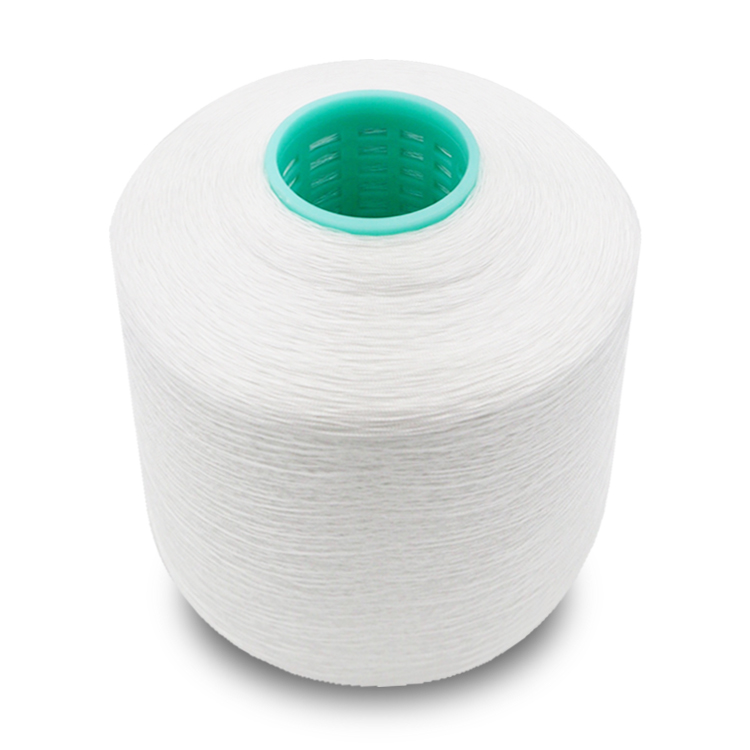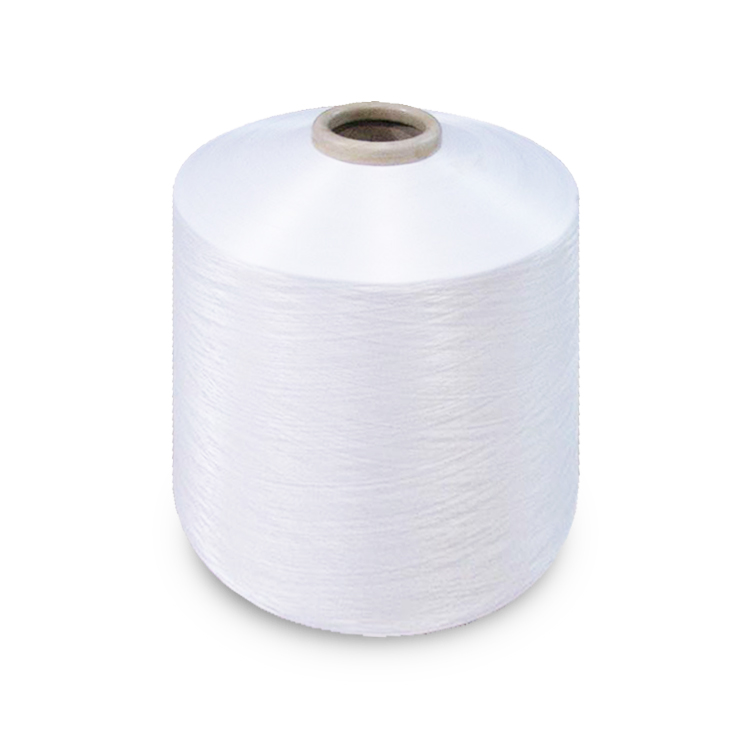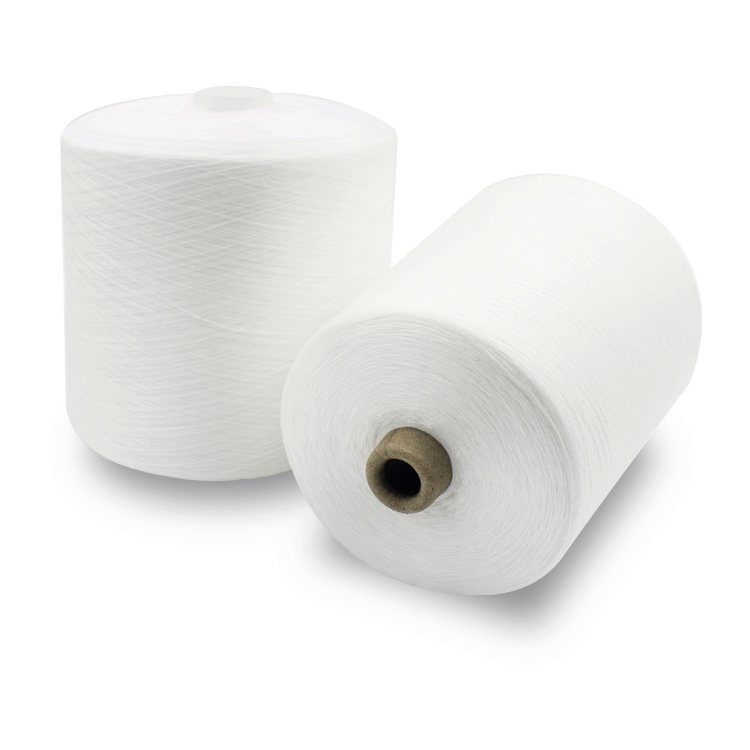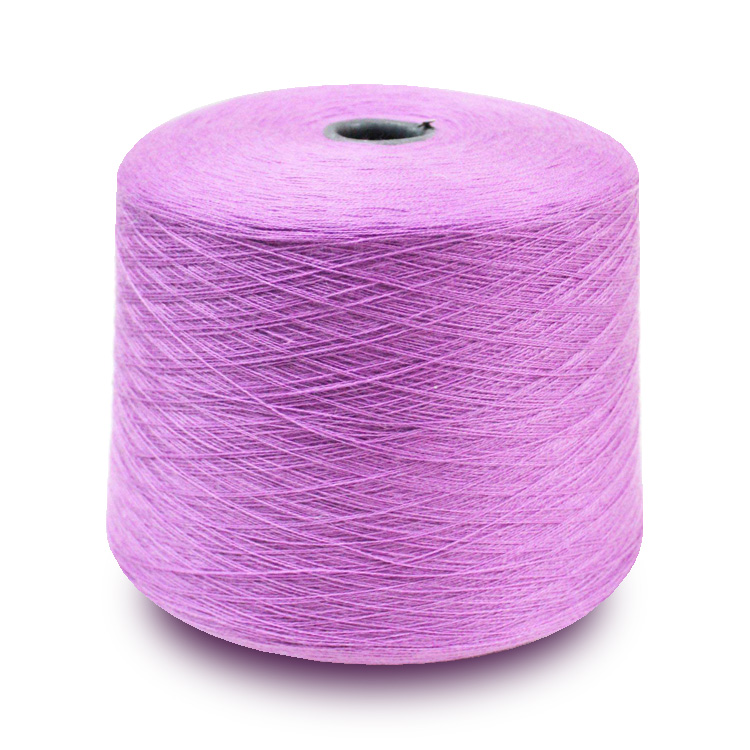Share to:
Related Products
China top grade low price plain recycled cotton yarn
LQ-0209
Price: From $0.82
Delivery time: 9-20 days after payment
MOQ: 500 KG
The value of recycled cotton yarn.According to the use of products, recycled cotton is often used for dyeing and color spinning. Spinning fineness is determined according to the raw material and application.
China is the largest producer and exporter of textiles and clothing in the world. With the improvement of economic level and people's living standards, the discharge of a large number of textile waste is a manifestation of environmental pollution in the textile industry, which not only wastes resources but also causes environmental pollution. The so-called textile waste mainly includes the short lower foot fibers produced by chemical and mechanical actions in the textile process, the flyback, return, waste silk, waste yarn, waste materials and cloth pieces produced in the textile production process, as well as the leftovers, corner leftovers produced in the clothing cutting process, as well as the textile fibers and their products discarded in daily activities. In the world, textile waste is usually divided into soft waste and hard waste. The so-called soft waste refers to the textile waste that can be recycled into the spinning production without further treatment. The hard waste refers to all textile waste with yarn structure and woven, knitted and non-woven fabric structure.
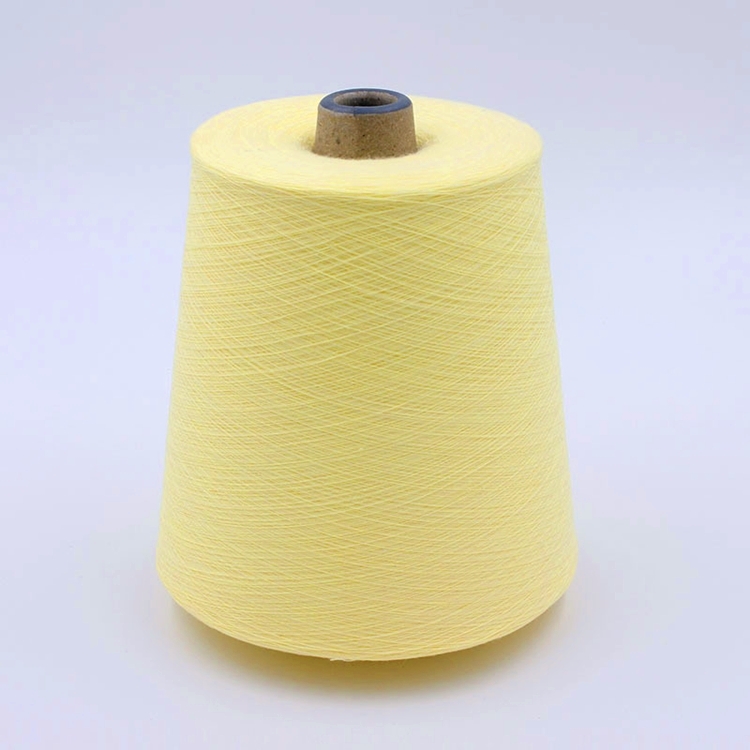
For the treatment of textile waste, the methods of stacking, landfilling and burning were basically used in the past, but the disadvantages are that the stacking of textile waste will occupy the land and easily cause collapse; the accumulated waste will be exposed to the air and accumulate dust and impurities, which will affect the environmental health; under the action of rainwater, the dyes and other harmful components on the textile waste will leach and infiltrate into the ground, causing pollution. Groundwater. The landfill site is selected under the ground surface, although it will not affect the ground environment, but the landfill site can hardly be reused in the city, and there will be an additional cost; due to the non degradability of chemical fiber itself, especially synthetic fiber, the landfill of chemical fiber waste will make the soil harden; similarly, the harmful substances on the waste will penetrate into the soil and underground with water. Pollution of soil and groundwater. The burning of waste fabric will produce a lot of dust, and produce harmful gases to pollute the atmosphere, affect environmental health, and the chemical fiber residue after burning is more difficult to deal with.
Therefore, general treatment methods can not completely solve the problem, but also bring pollution problems. From the point of view of textile treatment ecology, people should not only consider how to deal with textile waste simply, but also consider the impact of dyes, various auxiliaries and components of textile waste on the environment in the process of treatment, and take effective measures to reduce the impact on the environment. As people's requirements for environmental protection are higher and higher, the problem of waste treatment is also more and more concerned by people.
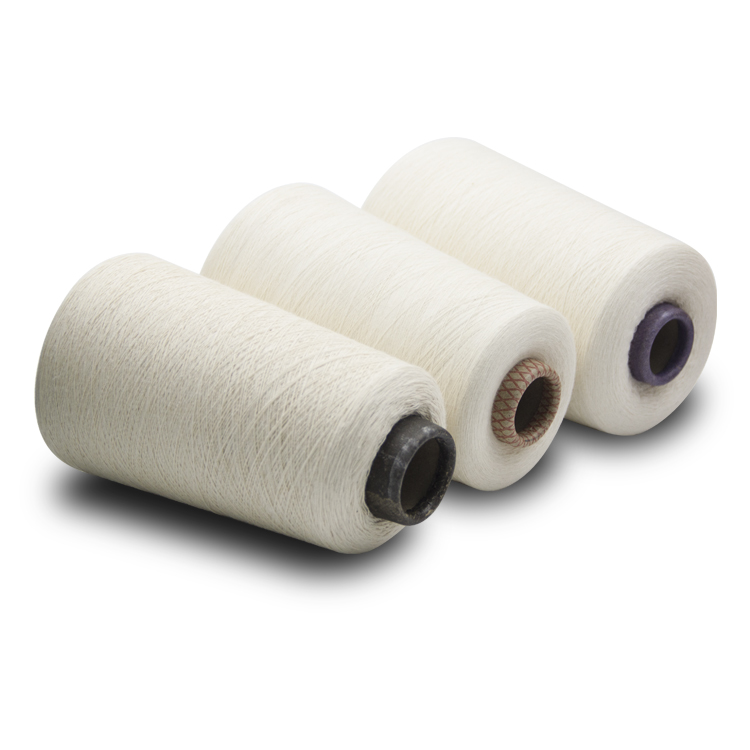
According to statistics, textile and textile fiber waste accounts for 3.5% - 4% of the total urban domestic waste. If the average period of clothing is 3-4 years, the current world fiber consumption is more than 56 million tons per year, and the textile waste is about 70%, the fiber waste is more than 40 million tons per year. These wastes are mostly treated as garbage, which often cause environmental pollution. If the comprehensive utilization is appropriate, these wastes will achieve unexpected results.
When the production of textile waste is inevitable, the reuse of harmless waste has become the focus of attention and the direction of key development, trying to make the waste become the second source of textile raw materials, which undoubtedly reduces the processing capacity of textile waste, saves raw materials and energy, improves the utilization level of resources, and reduces costs.
For decades, the textile industry has undoubtedly entered the camp of raw material recycling, and there are many examples at home and abroad. Textile waste is one of the most important and valuable materials in the future. A large number of waste materials are sent to modern treatment plants for recycling around the world, which also brings considerable economic benefits to enterprises.
As a country with the largest population and a large textile country in the world, it is of great significance for itself and the world to realize the recycling of waste textiles.
According to the test data of the third-party professional organization, the environmental indicators of clothes made on the basis of 65% recycled polyester and 35% recycled cotton yarn are far higher than the original materials, which can save 74% water, 18% electricity and 53% greenhouse gas emissions respectively.
The utilization of recycled textiles can be regarded as a long-term environmental protection undertaking.
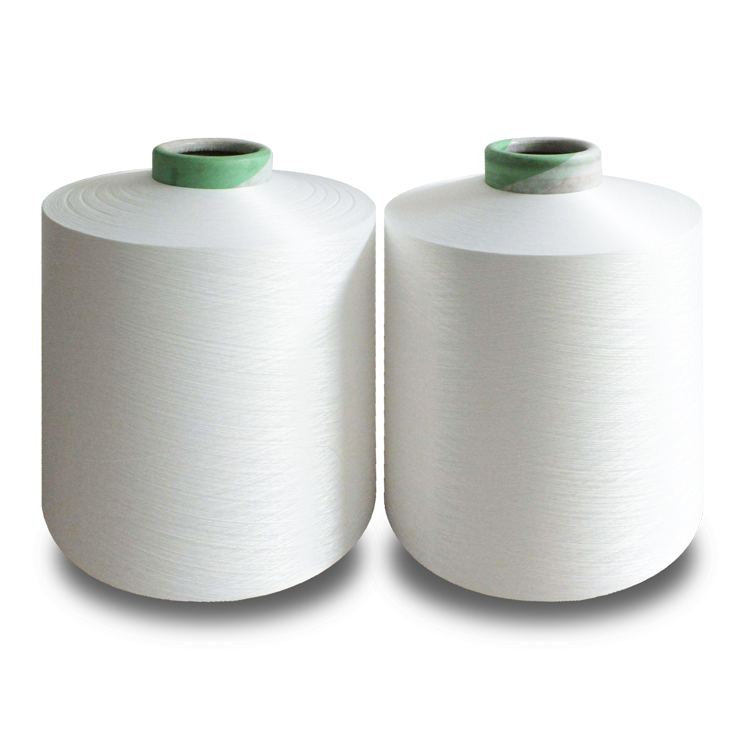
New technology of process equipment
The following points shall be considered in the design and arrangement of process flow:
1. The use of blowing carding unit can improve labor productivity, reduce labor intensity, save land occupation, save cotton, improve the unevenness of weight and evenness of sliver.
2. The use of compact spinning frame can improve the yarn evenness, reduce the pilling of finished products and improve the product grade. In particular, the use of long models of spinning machine can save labor.
Basic processing:
Unpacking, grabbing, unclamping, impurity removal, cotton blending, cotton blending, coiling, carding and impurity removal, net assembling into sliver, drawing, coiling and barrel forming, drafting and twisting, coiling and roving tube, drafting and twisting, coiling and spinning tube, clearing and coiling yarn.
1. Combed spinning
Raw material - opening and cleaning (or carding unit) - Carding - drawing - ROVING - spinning - winding - other post processing
2. Combed spinning
Raw material - opening and cleaning (or carding unit) - preparation before carding - combing - drawing - ROVING - spinning - winding - other post processing
3. blended yarn
Cotton - opening and cleaning - Carding - preparation before combing - combing-
Blending - ROVING - spinning - winding - other post processing polyester - clearing - Carding - pre drawing-
4. New spinning
Opening and cleaning, carding, drawing and new spinning (rotor spinning, etc.)


